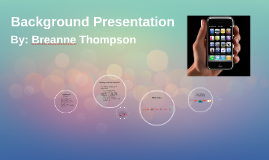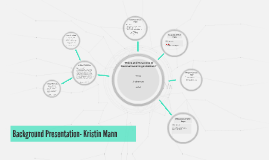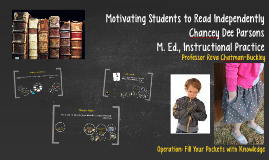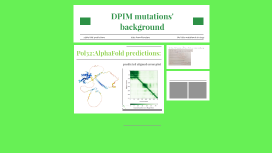Fill
Transcript: 10 students (6) girls (4) boys (1) Indian (3) African American (6) White (1) Kindergarten (2) 1st Grade (4) 2nd Grade (3) Third Grade ARCS Motivation Model Attention, Relevance, Confidence, Satisfaction Interactive Motivational Tool Operation: Fill Your Pockets with Knowledge Purpose Data Collection & Analysis Eliminate reluctance to read Discover & reveal methods that encourage attitude changes about independent reading Environmental Enhancements Significance Equip with Music & Audio Books There are many little ways to enlarge your child's world. Love of books is the best of all. Jackie Kennedy Data Collection & Analysis Organizational of books Sections: JK-K, 1st Grade, 2nd Grade, 3rd Grade, Go Beyond, Grab & Go, Explore, Magazines and Audio Incorporation of new reading material based on interest of students Kids are reading and that is Important! Jane M. Nelson The more you read, the more you will know. The more your learn, the more places you will go! Dr. Seuss Findings Motivating Students to Read Independently Chancey Dee Parsons M. Ed., Instructional Practice Climbing Maslow's Mountain Links to Literature Sampling Attention: Interactive Tool; Relevance: Reading; Confidence: Go Beyond Section & Reading above your grade level; Satisfaction: Completing Tasks Approximately 20 students Positive & Encouraging Reading Community Surveys Rating Scales Findings Soft instrumental music Throw pillows Bean bags Decorative Items Qualitative Determine motivating factors that encourage young students to be interested in reading independently in the classroom 30% Increase in Independent Reading Enjoyment from 3 to 4 Lit Review Participates 50(4): 370-96 Reading is calming and relaxing Test pt 1: Highest level of participation What motivates young students to be interested in reading independently in the classroom? No matter how busy you may think you are you must find time for READING or surrender yourself to self-chosen ignorance. CONFUCIUS Recognition Testing: decrease in participation Introduction & Literature Review Findings 1983-1987 Intrinsic Motivation Testing: training. In K. Shaw & A. J. Trott (Eds.), Aspects of Educational Technology Volume XVII: staff Development and Career Updating. London: Kogan Page. OLD Reading Corner Spring 2013 Intrinsic and Extrinsic Motivation Playhouse not a Reading Cottage Positive Discipline Interactive Motivational Tool 1992 Implications for further Research Research Question Mixed Methods Data Collection & Analysis Environmental Change Extrinsic Recognition Testing: Quantitative: Reading boost my imagination Data Collection & Analysis Intrinsic Motivation: Jane Nelsen: Positive Discipline Reading Cottage Fall 2013 References Advantages Physiological & Safety: Reading Community (Positive & Encouraging Belonging: Community of support and sharing with friends Esteem: Students who saw themselves as good readers had a higher enjoyment level Self-actualization: Go-Beyond Section and Reading above their grade level Action Plan NEW Cottage for Knowledge (3rd ed.) Roseville, CA: Prima Publishing Reading provides fellowship within the reading community Test pt 2: 2nd Highest level of participation Extended time frame for research practice Single Study on connections between self-esteem, social and reading. As well as, the connections between a challenge aspect of motivation vs rewards Focus on narrowing the scope John Keller: ARCS Model Reading builds connections between books and people Lit Review By incorporating an environmental enhancement, interest-based reading material, incentive and interactive motivational tools students four to nine years of age will be motivated to enjoy reading independently in the classroom. Extrinsic Reward Testing: Extrinsic Motivation Testing: Research Design Music helped students to focus Interactive tool kept students engaged Positive Reading Community Organization was valued & increased ownership of independence Increased usage due to interest in reading material Incorporation of new text raised interest levels Success in the Big Picture Qualitative: Data Collection & Analysis John M. Keller Discussion & Conclusion Observations Student Interviews Independent Learner & Increased: Student Interest Student Involvement Student-Student Interaction Student-Book Interaction Time Management Response to Environment Observational data collection: student response to change based on interest and participation levels, body language and verbal reactions to the change Quantitative Develop a positive reading community within the classroom Promote students owning the title of independent learner Fill the bookshelves with rich text that interest the students Create interactive techniques to engage students in reading Develop interdisciplinary lesson plans Encourage independent student reading Encourage parents to promote independent reading and read with their children Links to Literature Organization & Interest-based book inclusion Test pt 3: Lowest level of

















